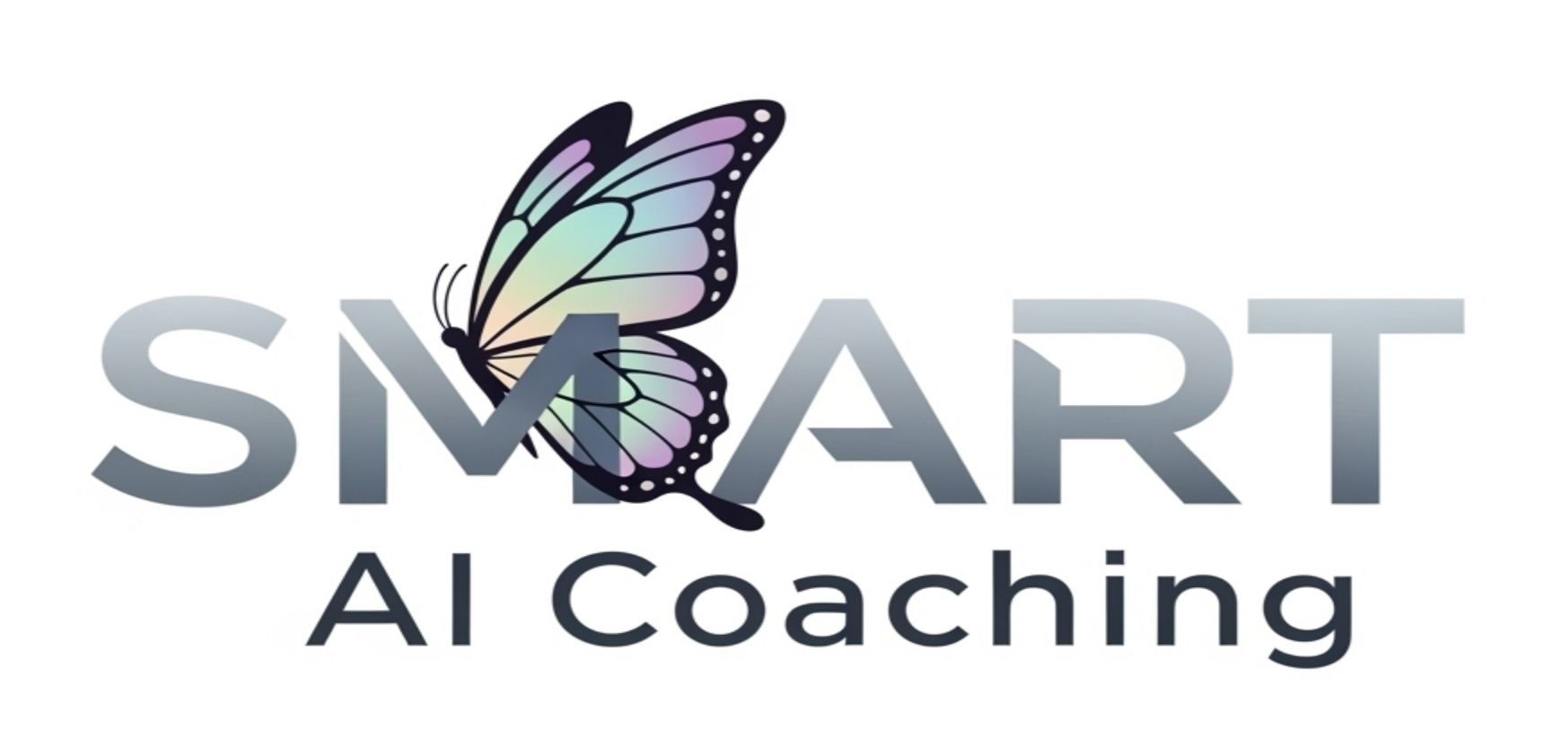The AI Wave: How Many Jobs Will Include AI in the Next 5 Years?
AI isn’t just coming for the workplace — it’s already here.
Over the next five years, artificial intelligence is expected to reshape nearly every job on the planet. While much of the public conversation has centered on fears of AI “replacing” workers, a quieter and more profound shift is already underway: AI isn’t replacing people; it’s becoming part of the work they do. In other words, most jobs won’t disappear — they’ll evolve.
How Widespread Will AI Be?
Recent studies paint a striking picture:
• Researchers from OpenAI and the University of Pennsylvania found that 80% of U.S. workers could see at least 10% of their tasks affected by large language models like GPT — and nearly 1 in 5 could see half of their tasks automated (OpenAI/UPenn, 2023).
• McKinsey Global Institute projects that by 2030, up to 30% of hours worked in the U.S. could be automated by generative AI tools (McKinsey Global Institute, 2023).
• The World Economic Forum’s Future of Jobs Report predicts that 75% of companies will adopt AI by 2027, affecting nearly half of all tasks performed today (World Economic Forum, 2023).
• The OECD notes that AI adoption is already highest in tech, finance, and professional services and lowest in construction, hospitality, and agriculture, though those sectors are beginning to adopt predictive AI systems and automation tools as well (OECD, 2023).

Which Sectors Will Be Most Transformed?
Based on current trends, here’s a snapshot of the percentage of jobs in each sector likely to use AI tools as part of daily work by 2030 (McKinsey, 2023):
Sector Estimated % of Jobs Using AI (by2030)
Tech / IT / Software 95–100%
Finance / Insurance 90–95%
Creative / Cultural Work 80–90%
Healthcare & Life Sciences 80–90%
Education 75–85%
Retail / E-commerce 70–80%
Public Sector / Government 60–75%
Transportation & Logistics 50–65%
Manufacturing 50–60%
Agriculture 30–50%
Hospitality / Food Services 40–55%
Construction / Trades 25–40%
The New Reality: AI-Enhanced Jobs
The conversation about AI should shift from “Will it replace me?” to “How will it change the way I work?”
Rather than eliminating whole roles, AI is increasingly embedded into tasks — drafting content, generating reports, scheduling logistics, analyzing data, or assisting with customer service. Workers who learn to harness these tools will gain a competitive edge, while those who resist risk falling behind.
Crucially, this isn’t just about productivity. It’s about shaping the future of work: more personalized education, faster scientific discovery, better health outcomes, smarter cities, and new types of jobs that don’t exist yet.

Preparing for an AI-Infused Future
To stay ahead, organizations should:
• Upskill and reskill employees to use AI tools responsibly and effectively.
• Audit roles and workflows to identify where AI can reduce repetitive tasks.
• Prioritize ethical use, ensuring transparency, fairness, and data security.
• Embrace a culture of innovation, encouraging experimentation with AI across teams.
The Bottom Line
Within five years, AI will touch 70–90% of all jobs. It won’t just change how we work — it will change what work means.
The future won’t belong to the fastest coders or the most technical experts. It will belong to the people who can collaborate with AI to unlock creativity, solve complex problems, and imagine new possibilities.
References
1. Eloundou, T., Manning, S., Mishkin, P., & Rock, D. (2023). GPTs are GPTs: An early look at the labor market impact potential of large language models. OpenAI / University of Pennsylvania / OpenResearch. https://arxiv.org/abs/2303.10130
2. McKinsey Global Institute. (2023, July). Generative AI and the future of work in America. McKinsey & Company. https://www.mckinsey.com/mgi/our-research/generative-ai-and-the-future-of-work-in-america
3. World Economic Forum. (2023). The Future of Jobs Report 2023. https://www.weforum.org/publications/the-future-of-jobs-report-2023
4. Organisation for Economic Co-operation and Development. (2023). OECD Employment Outlook 2023: Artificial intelligence and the labour market. OECD Publishing. https://www.oecd.org/employment-outlook/
5. McKinsey & Company. (2023, October). The state of AI in 2023: Generative AI’s breakout year. https://www.mckinsey.com/capabilities/quantumblack/our-insights/the-state-of-ai-in-2023-generative-ais-breakout-year
